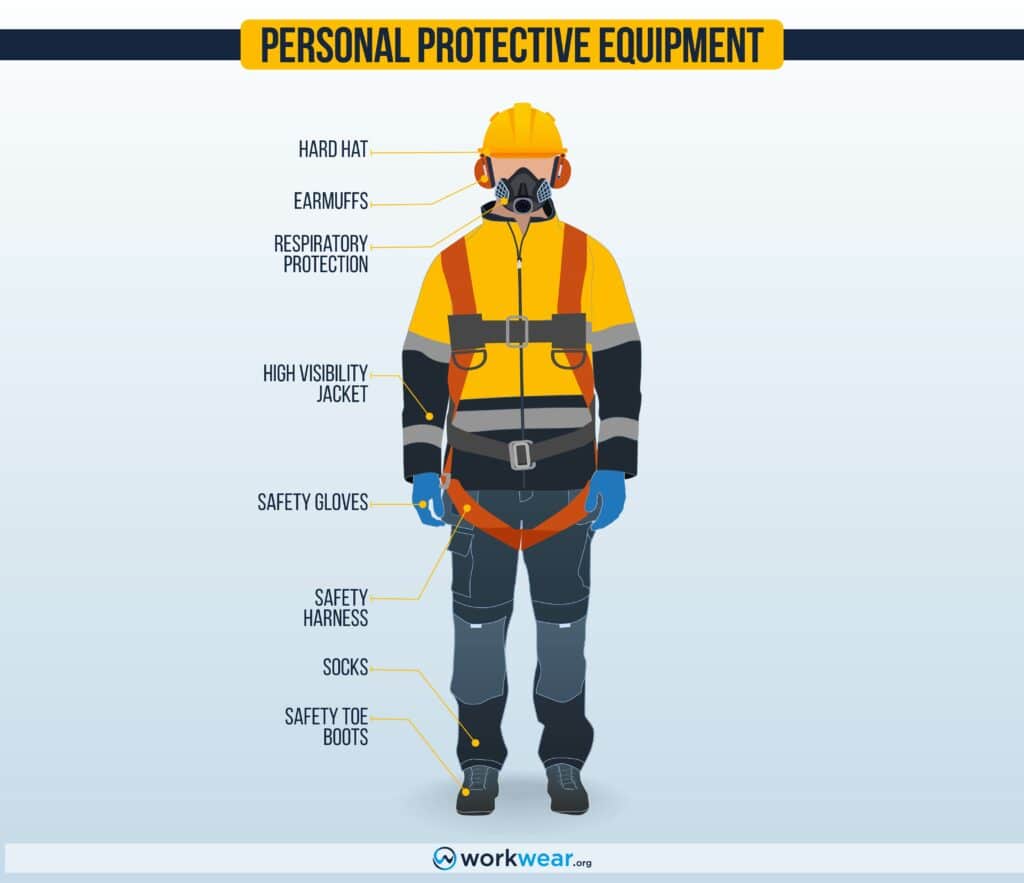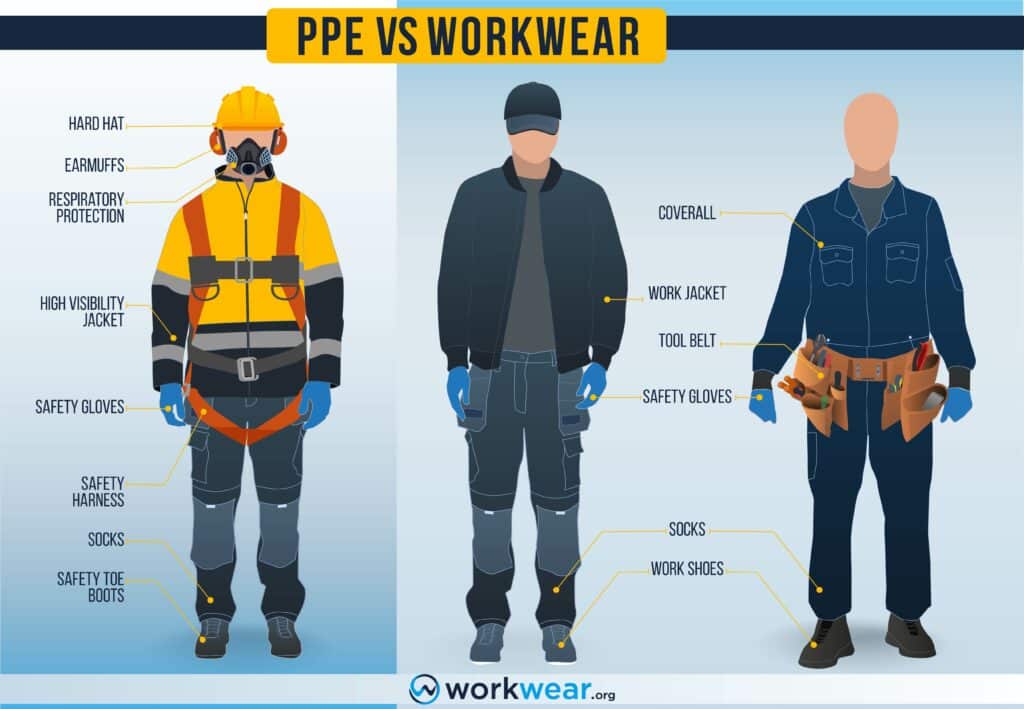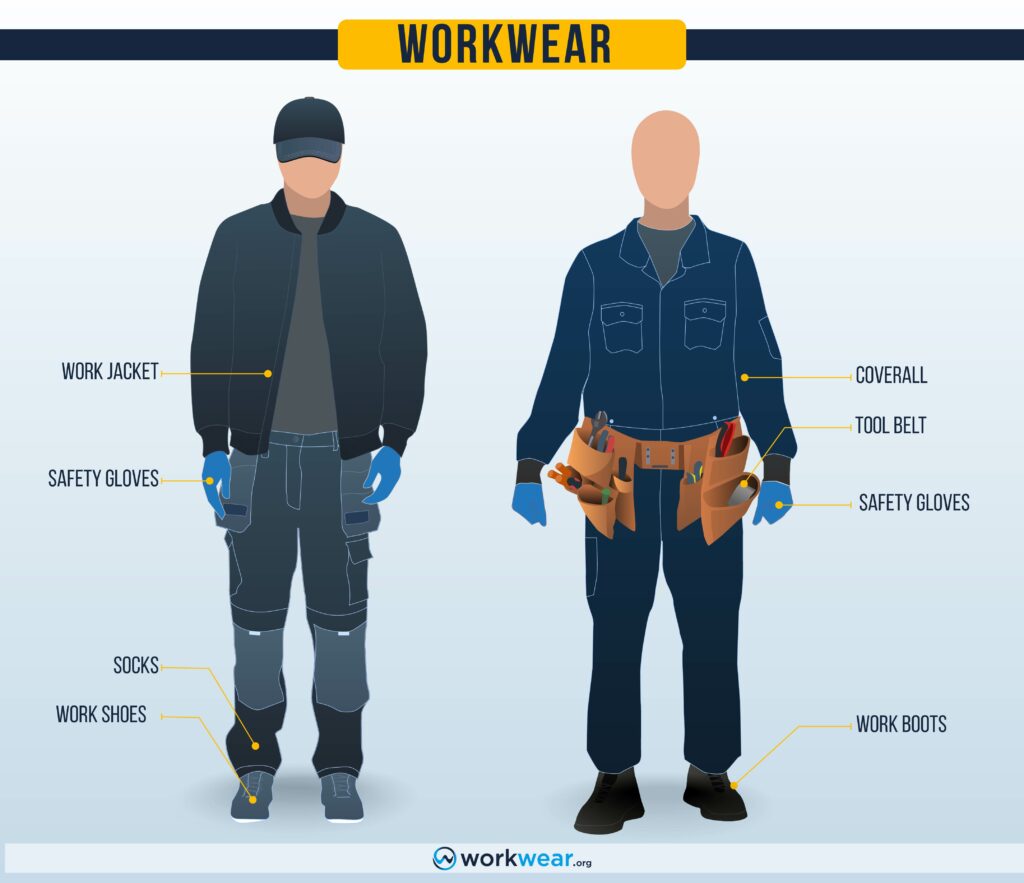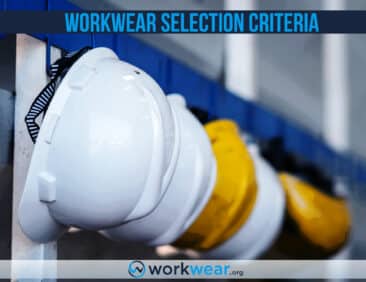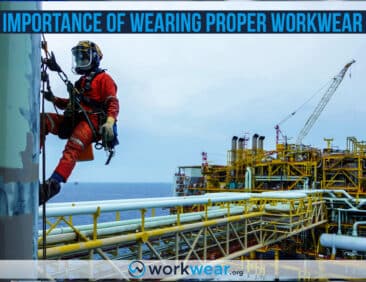What is workwear and how does it differ from PPE?
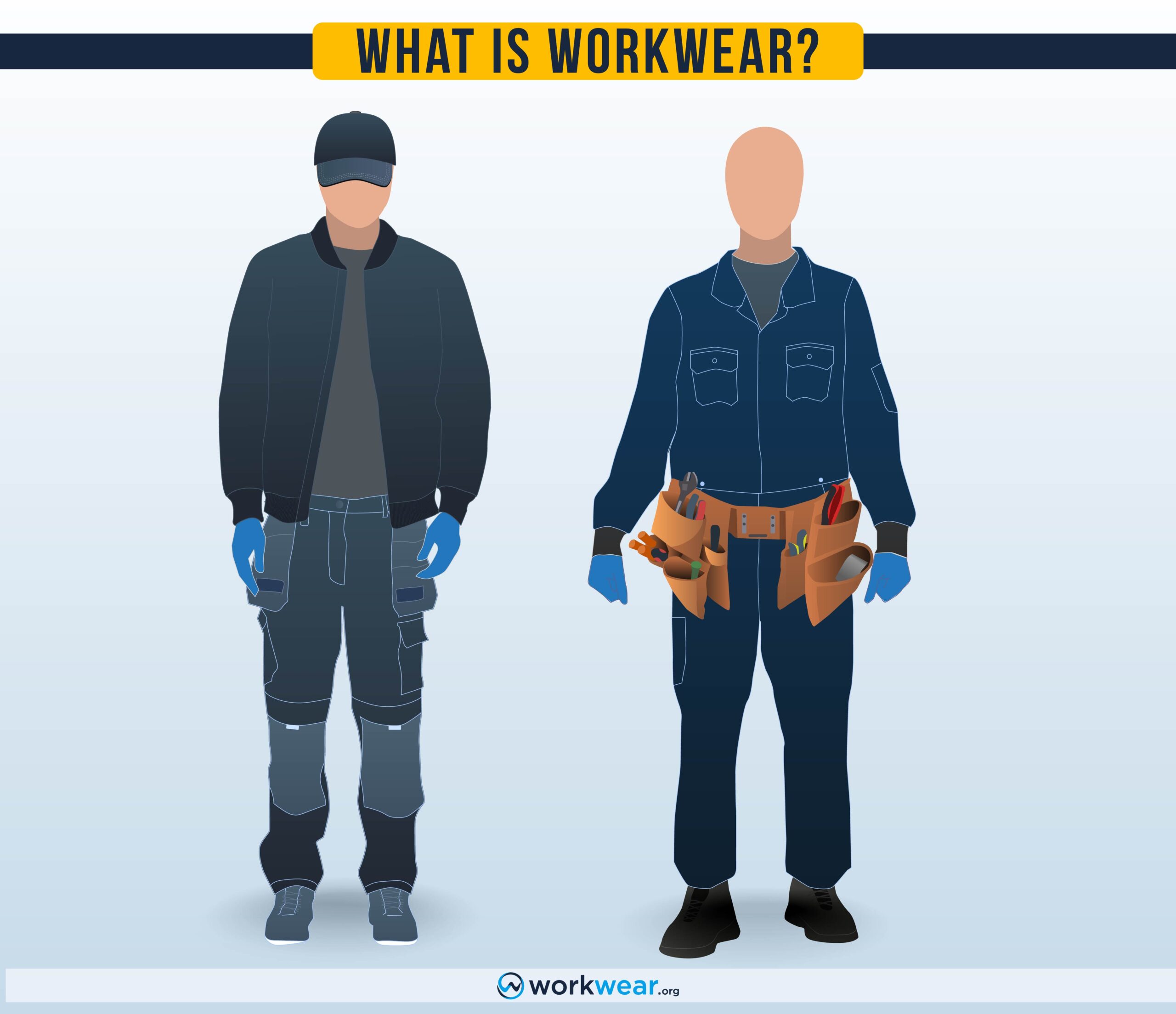
Workwear refers to clothing worn during manual labor, such as pants, jackets, gloves, hats, vests, socks, and safety boots. It’s designed to be durable and wearable in challenging work conditions, and comes in a wide variety of styles and materials. Workwear is not the same as personal protective equipment (PPE), which is specifically created to protect against hazards in the workplace. This article provides a clear definition of workwear and highlights its differences from PPE.
Is Workwear the Same as PPE?
No, these two terms and items are different.
Workwear is simply the clothing items worn to job sites, especially those requiring manual work.
While they’re made to be hard-wearing enough to resist the normal wear and tear from demanding work environments, workwear items are not designed to provide high protection against workplace hazards.
Personal Protective Equipment (PPE) refers to clothing items or personal gear designed to protect workers from hazards that can cause injuries or illnesses in work settings. PPE includes a variety of equipment such as safety boots, hard hats, earplugs or earmuffs, goggles or safety glasses, respiratory protection equipment, gloves, and harnesses. PPE is designed to protect workers from specific hazards such as impact, penetration, electrical, chemical, biological, and radiological hazards.
To be effective, PPE must be properly selected for the hazard, as well as for the individual worker’s size, fit, and comfort. Employers must provide appropriate PPE to their employees, ensure that it is maintained and inspected regularly, and provide training on its proper use and care. Workers must also understand the importance of using PPE correctly and follow the manufacturer’s instructions and workplace policies regarding PPE use. Proper use of PPE can significantly reduce the risk of injury or illness in the workplace.
The goal of PPE is to significantly minimize the risk of injuries and illness to workers by increasing the line of defense against health and safety threats.
PPEs must meet stringent safety standards set by specific industries and legislations before they can be used in the workplace.
Typically, they’re provided by employers to their workers – unlike workwear that can be shopped for like regular clothing items.
Evolution of Workwear
Workwear has dramatically evolved from its roots using the most basic materials and designs. So it’s not surprising to see work pants and work jackets made from the same tough materials used for the most practical workwear items during the mid-19th century.
Nowadays, old-school wool, denim, and leather (for work boots) are still used for workwear – but most of the products now use advanced technology to improve protection and overall performance in varying work environments.
For instance, work jackets may now use water-repellent materials to keep the upper body dry and comfortable while working in wet conditions. In addition, moisture-wicking components can be fitted into work shirts and even work boots to prevent or alleviate excessive sweat, significantly improving comfort throughout the longest days on the job.
Working in cold settings is also much easier to manage, thanks to workwear with insulation materials to preserve warmth and stop the cold air from creeping in.
Meanwhile, work boots have evolved from merely being functional and now offer heightened protection, courtesy of attributes such as safety toe caps, static-dissipative soles, and electrical hazard protection.
Types of Workwear by Category
Work Shirts
Work shirts come in different styles that don’t differ that much from regular (non-work) shirts.
They’re available in T-shirt styles with short or long sleeves and button-down designs that can be layered with inner shirts for better performance.
Sweatshirts and hoodies deliver enhanced coverage for work conditions with lower temperatures or are exposed to the wind when working outdoors. For example, the Dickies Fleece Hooded Flannel Shirt Jacket offers enhanced warmth to make the workload easier to deal with on cold job sites.
High-quality work shirts are made with durable yet comfortable materials – such as cotton or a combination of cotton and polyester.
Work Pants
Work pants are typically made with hard-wearing materials such as canvas duck or denim, which can tough it out with the most grueling tasks in the workplace.
Aside from the durable materials, work pants also have enhanced features for superior functionality on the job.
Components such as utility and tool pockets, reinforced knees, and hammer loops are incorporated into work pants to make them more suitable for busy work surroundings. Work pants can also be enhanced for better mobility – such as the comfortably stretchy Carhartt Steel Rugged Flex Relaxed Fit Cargo Work Pants.
Work Jackets and Coats
Work jackets and coats are important workwear items that provide even better coverage and protection for the upper body.
They’re usually made with durable designs to keep up with tough conditions while protecting the wearer against the elements and keeping the cold out. They also form barriers against minor hazards that can splatter or spill around the job site. Some of these workwear items look like casual coats and jackets – but are reinforced with attributes such as water resistance (such as the water-repellent Ariat Rebar DuraCanvas Sherpa-Lined Jacket) and adjustable sections for a better range of motion.
Premium-quality work jackets are also breathable, keeping the body cool even after spending the entire day dealing with physically draining chores.
Coveralls and Overalls
Coveralls and overalls protect the regular clothing underneath and the body against dangerous materials on the worksite.
They provide lower and upper body coverage while working in potentially hazardous settings, such as machine shops and laboratories.
Work overalls and coveralls are made with materials that are durable and resistant to liquid splashes for further protection. In addition, they’re often reinforced to keep the cold out, with multiple pockets – such as the ones built into the Carhartt Relaxed Fit Duck Bib Overall – to hold the necessary tools and items for the day.
Work Vests
Work vests are designed to be worn over work shirts and are ideal for layering during cold days.
They provide an additional barrier against the elements and can be used with a thicker coat on top to preserve warmth even better.
High-performance work vests are often fitted with large pockets to stash the most important items for a busy workday while keeping the hands free to work on the required tasks.
Work Boots
Work boots protect your feet in various work conditions.
They can come in traditional work boot profiles constructed with high-quality leather for a tough vibe, like the one showcased by the Caterpillar Second Shift Steel Toe Work Boot. Some work boots look more like sneakers but are packed with safety features – such as the Puma Safety Conquest CTX Waterproof Comp Toe Boot.
Work boots offer superior foot protection with enhancements such as safety toes, puncture resistance, electrical hazard protection, and water resistance.
Aside from protective qualities, work boots are also built to keep the feet comfortable – with features such as cushioned footbeds and strong arch support – throughout long hours of walking or standing around the worksite.
Work Socks
Work socks may look like the regular pair for leisure use, but they’re reinforced for better functionality in work conditions.
They’re made with high-quality materials more resistant to the normal wear and tear of heavy use in work settings. In addition, their structures often have reinforced cushioning – such as the Caterpillar Adults Heavy Duty Workwear Socks with padding on high-wear areas – to protect the feet against painful friction.
In addition, work socks typically come with moisture-wicking materials or technology to stop excessive sweating, especially after hours of endless activities at work.
Work Gloves
Work gloves shield the hands when working with potentially hazardous materials and equipment.
They’re made with natural leather or durable cotton duck materials that form barriers against safety risks but enable the hands to move naturally.
This allows the tasks to be still done efficiently while keeping the hands protected at the same time.
Work gloves also protect the hands from painful friction that may lead to blisters, which can be risky when doing repetitive work and handling heavy tools or machinery.
Conclusion
Workwear doesn’t only look good while on the job; it’s also crucial for making the job much easier and safer. Workwear items are closely associated with jobs involving manual labor. This is why work attire in office settings – which don’t require physically demanding tasks – is typically not considered workwear. Many types of workwear options fall under several categories relating to the parts of the body they’re associated with and their unique functions. They may have different uses, but workwear items aim to protect various body parts against some hazards on the worksite. Also, all types of workwear are made to last through long hours of grueling work without compromising comfort and mobility.
FAQs
- Is it OK to wear casual socks with work boots?
- Casual socks may be used with work boots – but doing so can increase the risk of foot pain while on the job. This is because regular socks don’t usually have the extra padding built into work socks to protect the feet against painful friction.
- Are insulated work jackets always the best options?
- Not necessarily. Insulated jackets keep the body warm in cold conditions, but the insulation isn’t required – and may even cause discomfort – when used in warm work settings. The added bulk of the insulation material can also be a drawback if it compromises mobility.
- Can you wear denim work pants for leisure?
- Most denim work pants have casual looks appropriate for work conditions and laid-back environments. Reinforcements such as hammer loops and large pockets may look weird to some, but some fashion-forward people see these components as bold accents.
- Do all work gloves protect against hot items?
- Not all – but there are work gloves designed with strong heat resistance. These gloves are made with Kevlar and silicone to resist heat and flame, protecting the hands against burns when handling hot objects in the workplace.
